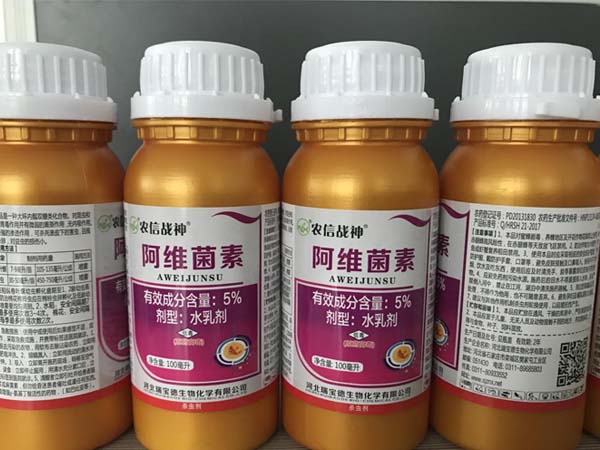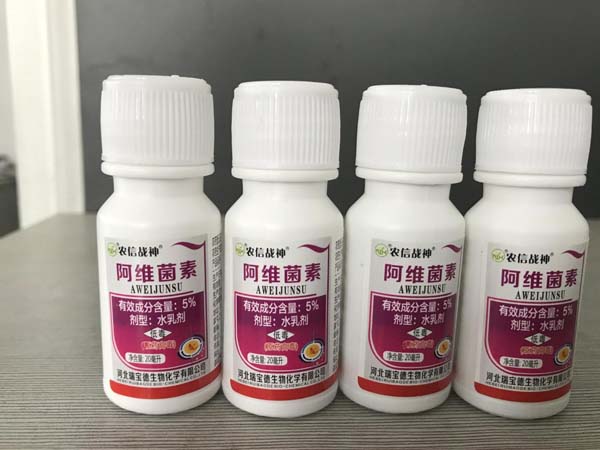Search Product
Search here for what you are looking for:
Search here for what you are looking for:

History of Abamectin
In 1974, Satoshi Ōmura, a microbiologist at the Beili Institute in Japan, sent about 50 samples of soil microbes that had not been screened for antimicrobial activity to the US pharmaceutical company Merck. According to the contract between the two parties, Omura was paid for the sample.
Beginning in 1975, the team led by parasitologist William Campbell in Merck Laboratories, New Jersey, conducted an antibiotic screening analysis of more than 40,000 soil samples taken from around the world. A new antibiotic that kills nematodes in animals.
The soil sample for this microbial culture was numbered OS3153, which happened to be one of the Japanese samples sent by Omura.
In March 1979, the Merck research team, including Campbell, published a paper on Antibiotics and Chemotherapy: After several years of efforts to identify and purify the active substance in the new antibiotic: Avermectin (Abamectin). In 1980, the Merck research team chemically modified avermectin to Ivermectin, which kills nematodes in animals.
In 1981 and 1987, avermectin (Abamectin) derivatives were approved for marketing as new drugs for the treatment of animal parasitic diseases and human parasitic diseases.

From discovery to new drugs developed to combat parasitic diseases, avermectin has become a weapon for eliminating river blindness that threatens hundreds of millions of people. During this period, Omura was awarded various academic honors and awards, including being elected as a foreign academician of the Chinese Academy of Engineering in 2005. However, through scientific discovery, drug discovery and development, and the involvement of relevant governments and civil society organizations in the change of the world's Campbell team and Merck, their great contributions are almost annihilated...
In early 2014, an accidental opportunity, Dr. P Roy Vagelos, former president of Merck, learned that Omura had exclusive access to the Canadian Gairdner Foundation for “discovering avermectin”. He was extremely shocked by the Global Health Awards because he not only believed that Omura should not be awarded for this reason, but he also understood the role of the award in the Nobel Prize-related field.
Six months later, on July 1, 2014, Vagelos personally wrote to the Caroline Institute in Sweden, hoping that the Nobel Prize in Physiology or Medicine will not commit the same mistake.
As for how the Nobel Prize Committee made the subsequent award decision after receiving the letter from Vagelos, and whether the decision was prudent and reasonable, it will only be 50 years after the Nobel Prize has published the relevant file.

After Vagelos sent the letter, the relevant person of the Nobel Prize Committee had not contacted him to ask or verify anything, even though he specially left his contact in the letter and expressed his willingness to serve. As far as he knows, the Nobel Prize Committee has not contacted or visited Merck and the research team.
In this regard, Mr. Vajeos said: How the Nobel Prize Committee made their decision is their own business. "Just as I know now, they may not be able to make better choices than other committees. But I did what I should do."(Source from: The-Intellectual)
Now Abamectin has become a popular products applied on crop protection. Nongxin is a competitive factory working on manufacturing abamectin and provide farmers qualified products.